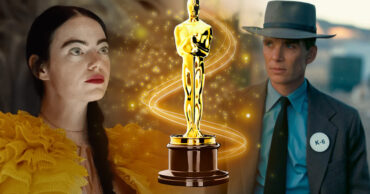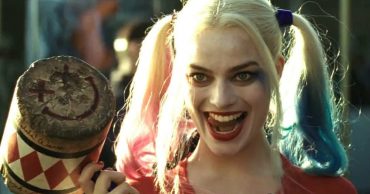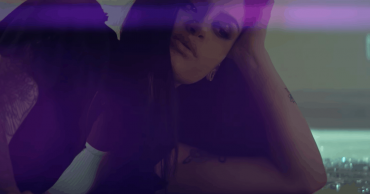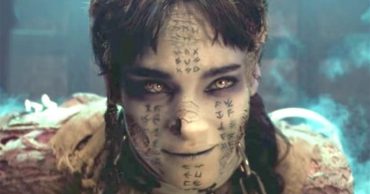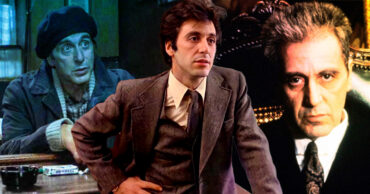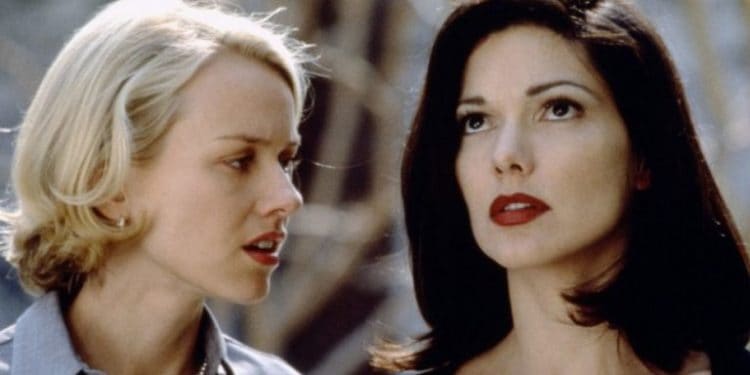
In the 20 years since it’s release, David Lynch’s surreal odyssey Mulholland Dr. continues to fascinate and confound viewers just as it did at the dawn of the 21st century. This strange film is a mystery, yet it is also something intrinsically more profound, abstract, and even otherworldly in it’s execution. In other words, the movie is classic David Lynch. Just as jarring as the movie’s plot is it’s journey to the big screen, which interestingly started off on the small screen as a rejected pilot for the ABC network in 1999. Lynch took the footage he shot for ABC, secured financing from French film studios, and shot new footage to create a narrative film and surrealist cinema hasn’t been the same since. Is the movie a dream? Are Betty and Diane simply dreamed characters inside Diane’s mixed up mind? Who is the mysterious cowboy and why does he speak in riddles? A million and one questions remain unanswered 20 years later, and this eternal mystery-cracking is what Lynch does best. 2001 was a year filled with great movies, and Mulholland Dr. sits high atop this list.
What Is the Film About?
When describing what Mulholland Dr. is about, one literally has to unpack clues in the film that largely takes place inside a dream. The film opens with a 1950s dance montage that then cuts to a shot of two pillows on a bed, this is Lynch’s clue that dreams will define the narrative of the movie. We see a fresh-faced and wide-eyed Betty Elmes (Naomi Watts) arrive in downtown Los Angeles, and we immediately wonder why she looks so…Nancy Drew about it all. This has to be a doe-eyed dreamer’s conception of a mythical LA because the reality of the City of Angels we all know is soon depicted as a black-soot covered demon that lives behind a café on any of the city’s busy streets.
But the main portion of the film is a dream (or seemingly a dream) that comprises about 80% of the film’s 146-minute running time. In the dream world, we see Betty’s optimism at making it big as an actress (it’s all too easy for her to be reality). But in the midst of this, she also helps out a mysterious woman named Rita (Laura Elena Harring) who she finds sleeping in her aunt’s apartment after surviving a car accident on Mulholland Dr., which leaves her with amnesia. And then, things get really weird. As the last act of the film reveals, Betty is really a persona of a woman named Diane (the dreamer), and Rita is really an up and coming actress named Camilla. Real world Betty works a service job that she hates while going on countless auditions for acting that never pans out. She is also in a hidden and disintegrating relationship with Camilla, who is nothing at all like the sweet and passive Rita that appears in Diane’s dream.
If the film sounds confusing, that’s because it is; Lynch is not a storyteller that practices convenient plot resolution and explanation in his art. He wants the viewer to experience the abstract world he creates, which is also how our dreams play out. The work of unravelling the mystery is a complex exercise of engaging your collective unconscious, as Carl Jung so brilliantly developed in early psychology. Lynch establishes a tangible, bare bones plot, which is then up to you to unravel based on the emotions you felt when experiencing the movie’s powerful, yet beguiling scenes. In a broad view, we can conclude that what Lynch is showing us with this film is that the decay of a relationship, when combined with the all too often disintegration of life goals and broken promises, is almost always going to end in tragedy for the emotionally needy. Diane’s long dream was her own idealized version of how she wished it could be with Camilla, as well as with her own aspirations to become a successful actress. But dreams are just that–fantasies and illusions of a perfect façade we wish could be, but are often messy, confusing, and bitter in the real world.
How is the Acting and Directing?
Mulholland Dr. was the film that officially kicked off the acclaimed career of British-Australian actress Naomi Watts. Her acting in this film is both versatile and compelling, as she switches between the wholesome goodness of Betty to the jaded, messy, and pessimistic Diane with ease. Laura Elena Harring is equally as versatile, and an early performance from Justin Theroux is also superb as the conflicted film director that steals Camilla from Diane’s affections. David Lynch’s directing style is singular and iconic, which is the same thing that can be said about any film auteur from Scorsese to Tarantino. He balances drama, melodrama, abstract surrealism, elements of horror, and even dark comedy with brilliant ease.
How Does the Film Hold Up 20 Years Later?
In 2016, the BBC named Mulholland Dr. the greatest film since the year 2000. In the span of 20 years, the film is consistently ranked at the best movie of the 21st century so far or at least within the top 10 of virtually every list from major film publications to amateur film critics alike. But a serious film-goer does need to look at acclaim and generic rankings to see the greatness on display in this movie. Even if you put aside the mystery, brilliant direction and acting, and evocative atmosphere of the movie, it looks amazing and flows seamlessly in a hypnotic vibe that only dreams can capture. If David Lynch’s sole goal was to capture on film what a dream looks and feels like, this film is the standard-bearer in dream imagery. The film can be a rough ride at times, and has a depressing ending, but this is a movie experience where the pay-off and climax is not the point of the experience at all. All you have to do is go along for the ride, and it is a ride that you will not soon forget.small screen
 Follow Us
Follow Us
